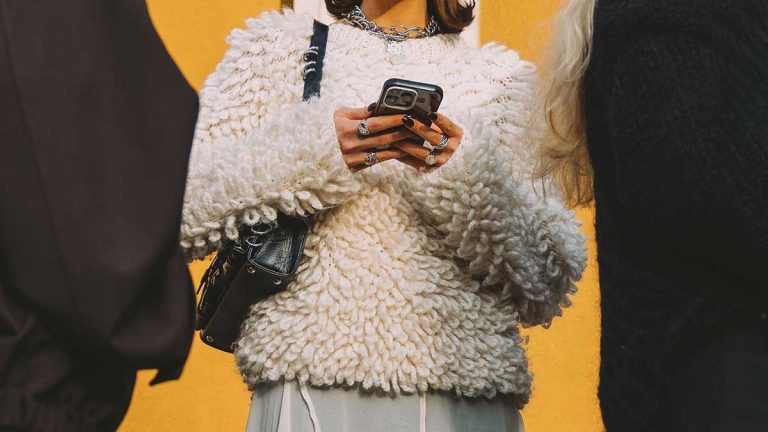For Riley, Substack is her main source of income, accounting for about 80% of her income (the rest comes from her partnership with Instagram), most of which is through affiliate links, where individuals or publications receive a small commission when their recommendations drive a purchase. Through long, in-depth articles, including edits on wedding guest dresses and the best deals of every online sale going on right now, after a year, Riley was able to quit her day job and work full time for the platform. She now makes more than she did when she was working in-house, even taking into account payments to a part-time news editor.
“Affiliates are so prevalent now that 75 percent of the brands I want to feature can be included in the affiliate channel,” Riley explains. “That means you’re taking money away that would otherwise be missed.” But she warns that readers can sniff it out if affiliate opportunities are prioritized over actual recommendations. “You need to make sure you’re being honest with your readers before you think about making money from them.”
As Substack has grown into a widely recognized format, the brand partnership aspect, which she initially ran solely on Instagram, has become a bigger part of her revenue. Brands now often ask for a split between the two platforms. For bag brand Cuyana, for example, Reilly created organic mentions in newsletter coverage, paid placements within newsletter content, paid content posts on Instagram, and even hosted dinners. “The great thing about Substack is that it can be customized to how a brand wants to work with you or how it makes sense to present a concept, whereas with Instagram, the format of the post, story, or reel is set,” Reilly says. “It’s like an amazing blank slate. The opportunities are endless.”
The site’s ability to cultivate an intimate, engaged audience is invaluable for brands looking to build deeper connections with their customers. It’s also a way to adapt to today’s digital environment, where people are more informed than ever before. “People are so aware of how media works. You can’t hide anymore,” says Amy O’Dell, a former editor at Cosmopolitan who says her Substack Back Row has more than 37,000 subscribers, about 5 percent of whom are paying subscribers. “People see things the way they are. They know how advertising works, how native advertising works, how seating at a fashion show works.” O’Dell, who was a freelancer before joining Substack, says Substack has given her “much better returns.”
The brand buys
Brands are already realizing the opportunity to tap into this passionate community: Denim company Still Here partnered with five creators for the launch of its Everyday Jean, and found that 80 to 90 percent of click-throughs came from Substack’s email newsletter, rather than social media, according to Substack. Each creator was given full creative control over how they talked about the product, which led to open rates of over 75 percent and the jeans selling out on launch day.


